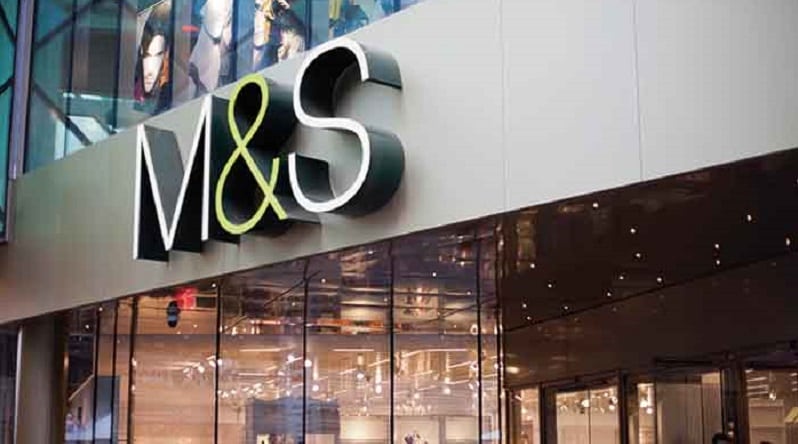John Lewis posted a 2.5% increase in gross sales to £1.9bn in the six weeks to 30 December, boosted by a 3.1% increase in like-for-like (LFL) sales and a 7.2% rise in sales during Black Friday week, its biggest ever week of sales.
The firm’s food branch, Waitrose, saw gross sales, excluding fuel, of £928m during the period, up 1.4% versus last year and up 1.5% on a like-for-like basis. These numbers exclude New Year’s Eve which, if included, pushed up like-for-like sales to an estimated 2.2%.
John Lewis chairman Charlie Mayfield said the group had benefited from differentiating its product offering and adhering to its ‘never knowingly undersold’ promise to customers.
However, he warned profits could be negatively affected by a weaker sterling.
He said: “The pressure on margin seen in the first half of the year has intensified because of our choice to maintain competitive prices, despite higher costs mainly due to the weaker exchange rate. This will negatively affect full-year financial results as indicated previously.”
Mayfield also said he expects trading to be volatile into 2018/19 due to the economic environment and continuing competitive intensity, driven by structural changes in the retail industry.
Laith Khalaf, senior analyst at Hargreaves Lansdown said: “Looking forward, John Lewis sees continued competition and volatility, which isn’t exactly uplifting, but that’s an environment where the strong will get stronger, and these latest results suggest John Lewis is very much in that camp.”
M&S sees mixed bag
For M&S however, UK LFL sales fell 1.4% in the third quarter, weighed down by a 0.4% drop in food sales and a 2.8% fall in clothing and home sales.
M&S chief executive Steve Rowe described the company’s quarter as “mixed” as better Christmas trading in both businesses partially offset a weak clothing market during an unseasonal October and ongoing underperformance in its food like-for-like sales.
Rowe noted the food business experienced ongoing trading pressure in the lead up to Christmas as consumer spending and choices reflected tighter budgets.
He said: “Our revenue grew both in-store and online over the weeks leading up to Christmas, and we held our full price stance in a very promotional market and did not participate in Black Friday. However, the impact of an unseasonal October resulted in an overall revenue decline. As a result, we carried more stock into the December sale.”
Sales in M&S’s international division took a 9.8% dive because of the planned closure of stores in loss-making markets.
Online sales during the quarter were up 3%, however.
Helal Miah, investment research analyst at The Share Centre, said the state of M&S is a “growing concern” when its results are compared with its peers.
“Its ongoing restructuring still isn’t bearing fruit and investors should naturally be concerned. This ethos is reflected by the fact the shares have fallen back by nearly 6% this morning,” he added.
“We remain cautious on the shares and can only recommend Marks & Spencer as a ‘hold’ rating at best for investors seeking a balanced return and willing to accept a medium level of risk.”







